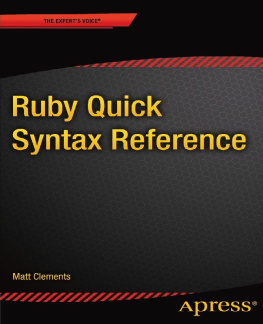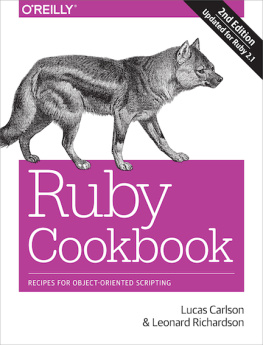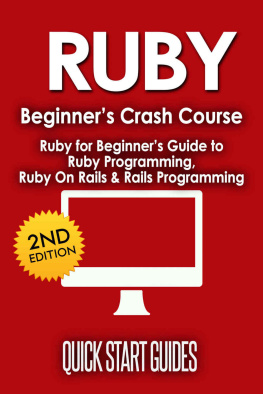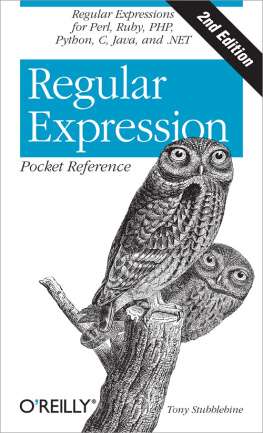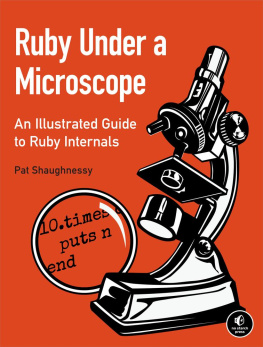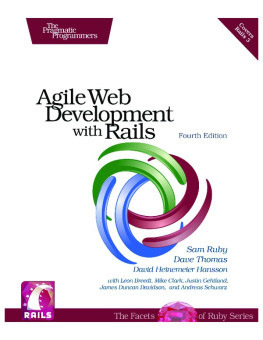Michael James Fitzgerald - Ruby Pocket Reference
Here you can read online Michael James Fitzgerald - Ruby Pocket Reference full text of the book (entire story) in english for free. Download pdf and epub, get meaning, cover and reviews about this ebook. year: 2007, publisher: OReilly Media, genre: Computer. Description of the work, (preface) as well as reviews are available. Best literature library LitArk.com created for fans of good reading and offers a wide selection of genres:
Romance novel
Science fiction
Adventure
Detective
Science
History
Home and family
Prose
Art
Politics
Computer
Non-fiction
Religion
Business
Children
Humor
Choose a favorite category and find really read worthwhile books. Enjoy immersion in the world of imagination, feel the emotions of the characters or learn something new for yourself, make an fascinating discovery.

- Book:Ruby Pocket Reference
- Author:
- Publisher:OReilly Media
- Genre:
- Year:2007
- Rating:5 / 5
- Favourites:Add to favourites
- Your mark:
Ruby Pocket Reference: summary, description and annotation
We offer to read an annotation, description, summary or preface (depends on what the author of the book "Ruby Pocket Reference" wrote himself). If you haven't found the necessary information about the book — write in the comments, we will try to find it.
Although Ruby is an easy language to learn, in the heat of action you may find that you cant remember the correct syntax for a conditional or the name of a method. This handy pocket reference offers brief yet clear explanations of Rubys core components, from operators to reserved words to data structures to method syntax, highlighting those key features that youll likely use every day when coding Ruby.
Whether youve come to Ruby because of the Rails web development framework --Rubys killer app -- or simply because its a relatively clean, powerful and expressive language thats useful for a lot of applications, the Ruby Pocket Reference is organized to help you find what you need quickly. This book not only will get you up to speed on how Ruby works, it provides you with a handy reference you can use anywhere, anytime.
In this book, you find essential information on:
- Reserved words, operators, comments, numbers, variables, ranges, and symbols
- Predefined variables andglobal constants
- Conditional statements, method use, classes, and modules (mixins)
- Lists of methods from the Object, String, Array, and Hash classes and the Kernel module
- sprintf andtime formatting directories
- Interactive Ruby (irb) and the Ruby debugger
- Ruby documentation
Michael James Fitzgerald: author's other books
Who wrote Ruby Pocket Reference? Find out the surname, the name of the author of the book and a list of all author's works by series.


